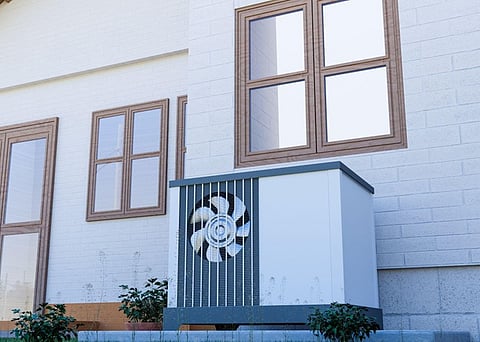HVAC Software and the Rise of Personalized Climate Experiences in Residential Living
Comfort used to be something people noticed only when it was missing, a room that felt too warm, a draft that never seemed to go away, a home where the air simply didn’t feel balanced. Today, comfort has become something far more intentional. Homeowners now think about how they want their home to feel: cool but not cold, refreshed but not breezy, warm but never stuffy. And behind this shift is a new wave of digital tools that allow climate systems to be tuned with the same personalization we expect from lighting, music, and even interior design. Many HVAC companies are adopting Workiz HVAC software to support this growing trend, enabling climate control solutions that are tailored to individual lifestyles, room-by-room preferences, and the subtle rhythms of daily living.
Personalized climate experiences are, in many ways, the logical next step in the evolution of the modern home. As smart technology becomes woven into daily rituals, from voice-activated lights to AI-curated entertainment, residents increasingly expect climate control to adjust with them, not simply for them.
The Home as a Living Environment – Not Just a Physical Structure
Luxury and lifestyle design today prioritizes sensory harmony as much as visual appeal. Designers speak not just in terms of style and beauty, but comfort, calm, flow, and atmosphere. A home is considered well-designed when its environment feels effortless.
Climate plays a foundational role in that experience. Temperature influences mood, health, productivity, and emotional wellbeing. It defines whether a room feels inviting, energizing, or restful. Personalized climate experiences recognize that comfort is emotional, and that no two people define it the same way.
Some prefer a cooler bedroom for better sleep. Others want a warm kitchen in the morning and a cooler environment for evening relaxation. Personalized climate allows these nuances to coexist gracefully.
How Software Makes Comfort Personal
The HVAC technician of today is not just a mechanical installer; they are a climate experience consultant. Systems are more advanced, airflows more intentional, and configurations more customized than ever before. To manage these levels of specificity, professionals need tools that allow them to document fine detail, adjust service plans, and maintain consistency across seasons.
This is where software becomes essential. HVAC software supports personalization by:
Tracking the unique temperature and airflow preferences of each space
Coordinating communication between homeowners, installers, designers, and maintenance providers
Storing long-term service history to maintain climate consistency over time
Comfort becomes something that continues, not just something achieved at installation.
Smart Homes Have Raised Expectations
The U.S. Department of Energy notes that connected climate systems can significantly reduce energy waste and improve indoor air quality when configured properly.
But most smart systems are only as intelligent as the attention given to them after installation. Without ongoing calibration, airflow balancing, duct inspection, filtration updates, the system may drift out of harmony with how the home is actually lived in.
Software helps by:
Scheduling seasonal tune-ups automatically
Logging how environment settings change across the year
Providing technicians access to system behavior data before they arrive
In other words: smart hardware needs smart service to fulfill its promise.
Comfort as Identity: The Luxury of Subtlety
Personalization in the home is no longer about statement pieces, it’s about how the space feels.
Luxury living emphasizes:
The quietness of airflow
The evenness of temperature transition from room to room
The absence of mechanical distraction
The feeling that climate control is simply there, working invisibly
This is “invisible comfort”, a form of luxury defined by sensory ease rather than visual display.
And behind invisible comfort is planning, calibration, and thoughtful system care, all of which depend on organizational tools that support consistency over time.
Maintenance as a Relationship, Not an Event
Climate systems are not one-time projects; they are living systems that shift with seasons, occupancy, and home design. HVAC software allows companies to maintain a relationship with the home, checking in before problems arise, rather than reacting to them.
The best climate experiences are rarely noticed. They simply feel right.
Personalized climate experiences reflect the growing desire for homes that respond intuitively to comfort needs and daily routines. HVAC software supports this evolution by helping technicians maintain precise system settings, track long-term performance, and understand how each room in a home is lived in. The result is comfort that feels natural, seamless, and deeply attuned to personal preference.
For a broader look at how digital tools are reshaping modern home and business environments, Resident.com recently explored how AI-driven service platforms are helping entrepreneurs scale with more clarity and confidence. Their discussion of how virtual operational support systems redefine growth provides useful context for understanding why digital optimization is becoming a defining feature of the service economy.
Inspired by what you read?
Get more stories like this—plus exclusive guides and resident recommendations—delivered to your inbox. Subscribe to our exclusive newsletter
Resident may include affiliate links or sponsored content in our features. These partnerships support our publication and allow us to continue sharing stories and recommendations with our readers.

